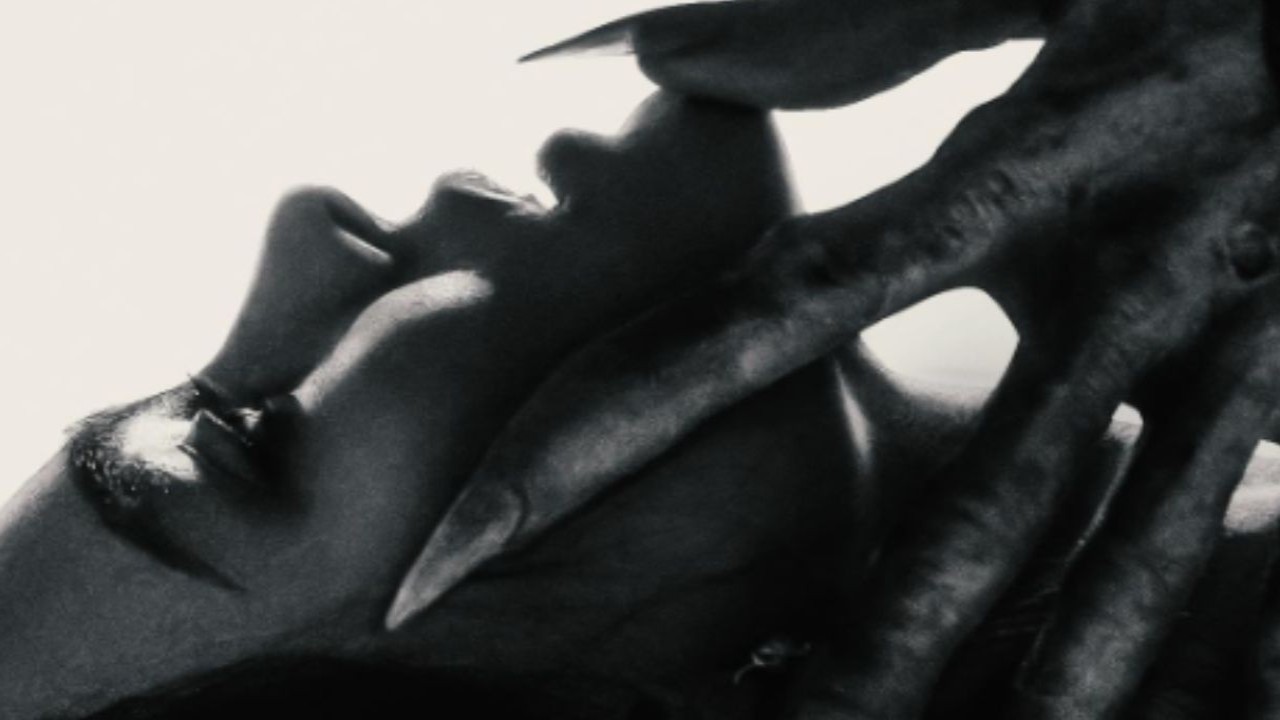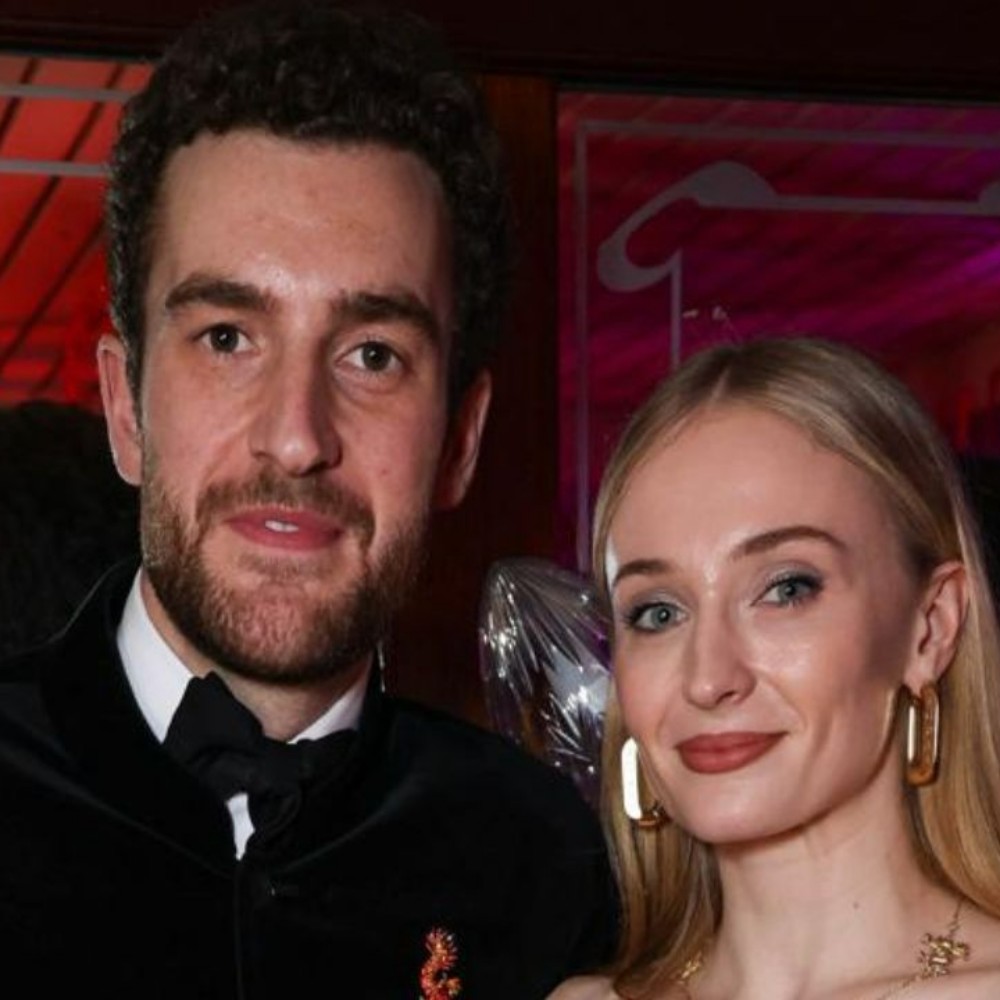Nosferatu Reminds Us Hollywood Still Hasn’t Nailed Bram Stoker’s Dracula
Robert Eggers' Nosferatu may have received praise, but it also sheds light on a common issue with adaptations of Bram Stoker's Dracula, no film has truly captured the spirit of the original novel.

Robert Eggers’ highly anticipated Nosferatu remake is now in theaters, bringing a fresh take on the iconic 1922 German silent film. Released nationwide on Christmas Day, the movie has received huge acclaim for its performances, visuals, and period-accurate set design.
Despite the praise, Eggers’ adaptation, like many before it, falls short of faithfully representing Bram Stoker’s Dracula. This continues a long history of films deviating from the original 1897 Gothic horror novel, often altering key characters and themes in ways that obscure the source material’s essence.
The trend of reworking Stoker’s story began with early stage and screen adaptations. F. W. Murnau’s Nosferatu (1922), an unlicensed version of Dracula, changed character names to avoid copyright issues. Count Dracula became Count Orlok, and the story’s setting moved from England to Germany.
Similarly, the 1924 stage play by Hamilton Deane, revised in 1927 by John L. Balderston, merged characters and condensed the plot. This play heavily influenced Tod Browning’s 1931 film Dracula, starring Bela Lugosi, which introduced many misconceptions about vampires.

For instance, the idea of sunlight killing vampires originated in Nosferatu, while Stoker’s Dracula could walk in daylight, albeit weakened. The 1924 play also introduced the trope of Dracula as a charming aristocrat, whereas in the book, he begins as a repulsive figure who becomes slightly less monstrous but never attractive.
Additionally, Van Helsing, portrayed in adaptations as a seasoned vampire hunter, was merely a professor learning about vampires for the first time in the novel.
Stoker’s Dracula features a strong ensemble cast, with Mina Harker often considered the protagonist. In the novel, Mina is intelligent, resourceful, and central to Dracula’s defeat.
She compiles the documents that form the book’s narrative, provides critical insights, and even uses her psychic connection with Dracula to locate him. Yet, adaptations consistently undermine her role.
For example, Francis Ford Coppola’s 1992 Dracula portrays Mina as a reincarnation of Dracula’s lost love, turning her into a willing victim instead of a resilient figure. This misrepresentation erases her intellectual and emotional strength. Lucy Westenra, another key character, suffers a similar fate.
The novel depicts Lucy as virtuous and kind, and her tragic vampiric transformation shows her purity. However, Coppola’s film reduces her to a flirtatious character whose fate feels like a punishment for her sexuality.

Eggers’ Nosferatu revisits the story with Lily-Rose Depp as Ellen Hutter (the Mina analogue) and Bill Skarsgård as Count Orlok. While the film draws heavily from the 1922 version, it also changes Ellen’s character. Unlike Mina’s steadfast loyalty in the book, Ellen is depicted as torn between her husband and Orlok.
The film ends with Ellen sacrificing herself to kill Orlok by exposing him to sunlight, echoing the popular but inaccurate trope of sunlight being fatal to vampires. However, the narrative fails to establish how Ellen or other characters know about this weakness, making the resolution feel unearned.





 JOIN OUR WHATSAPP CHANNEL
JOIN OUR WHATSAPP CHANNEL



































